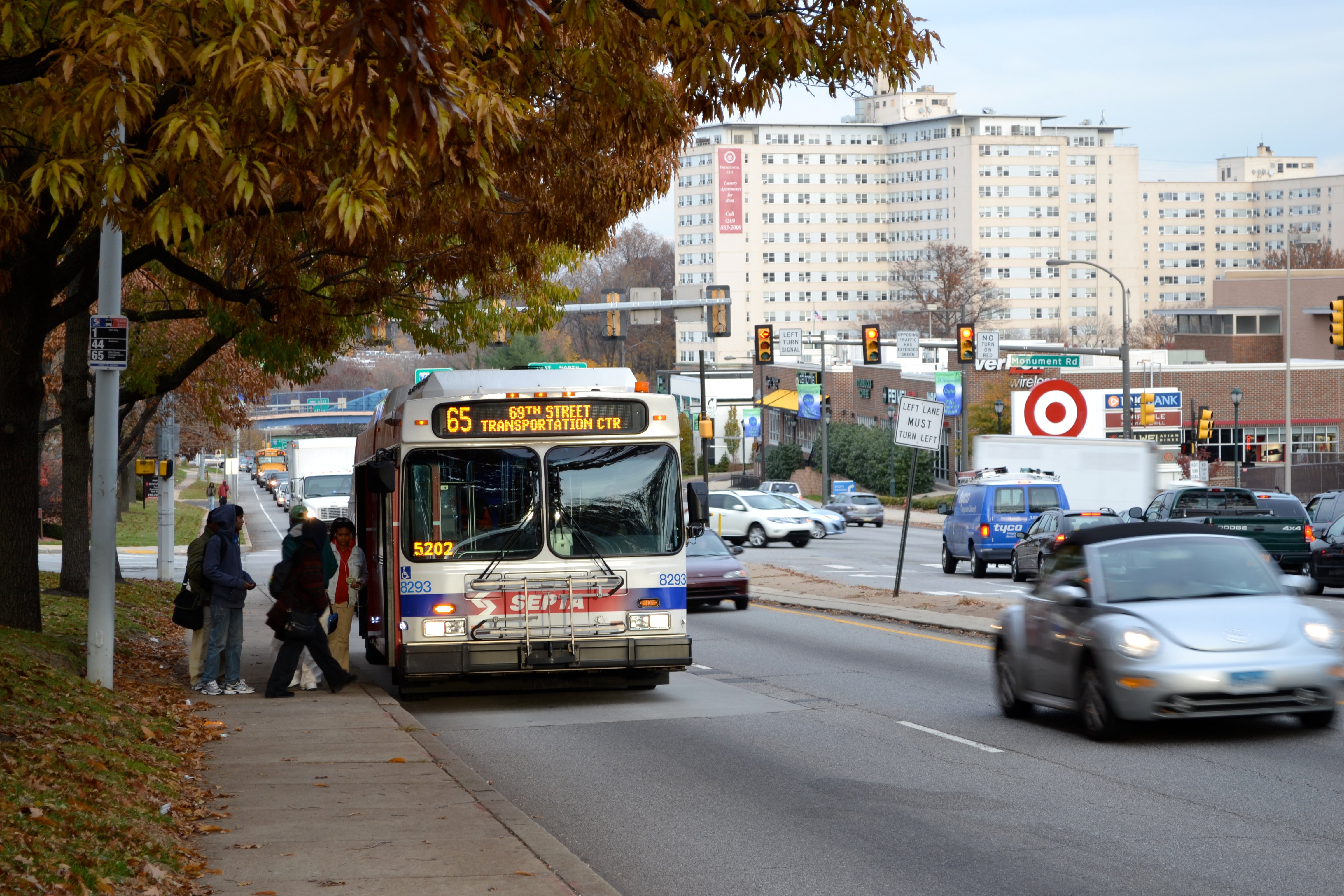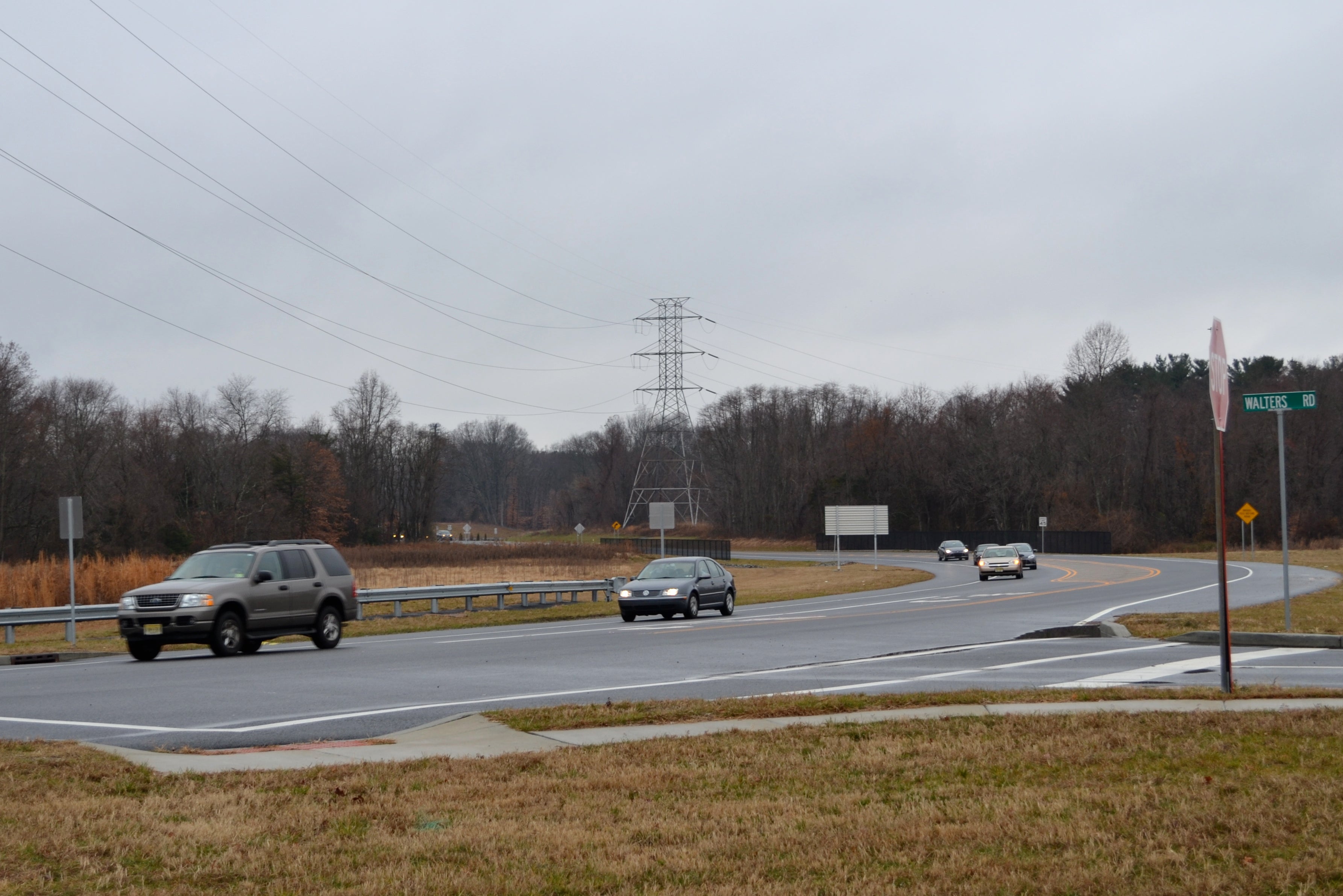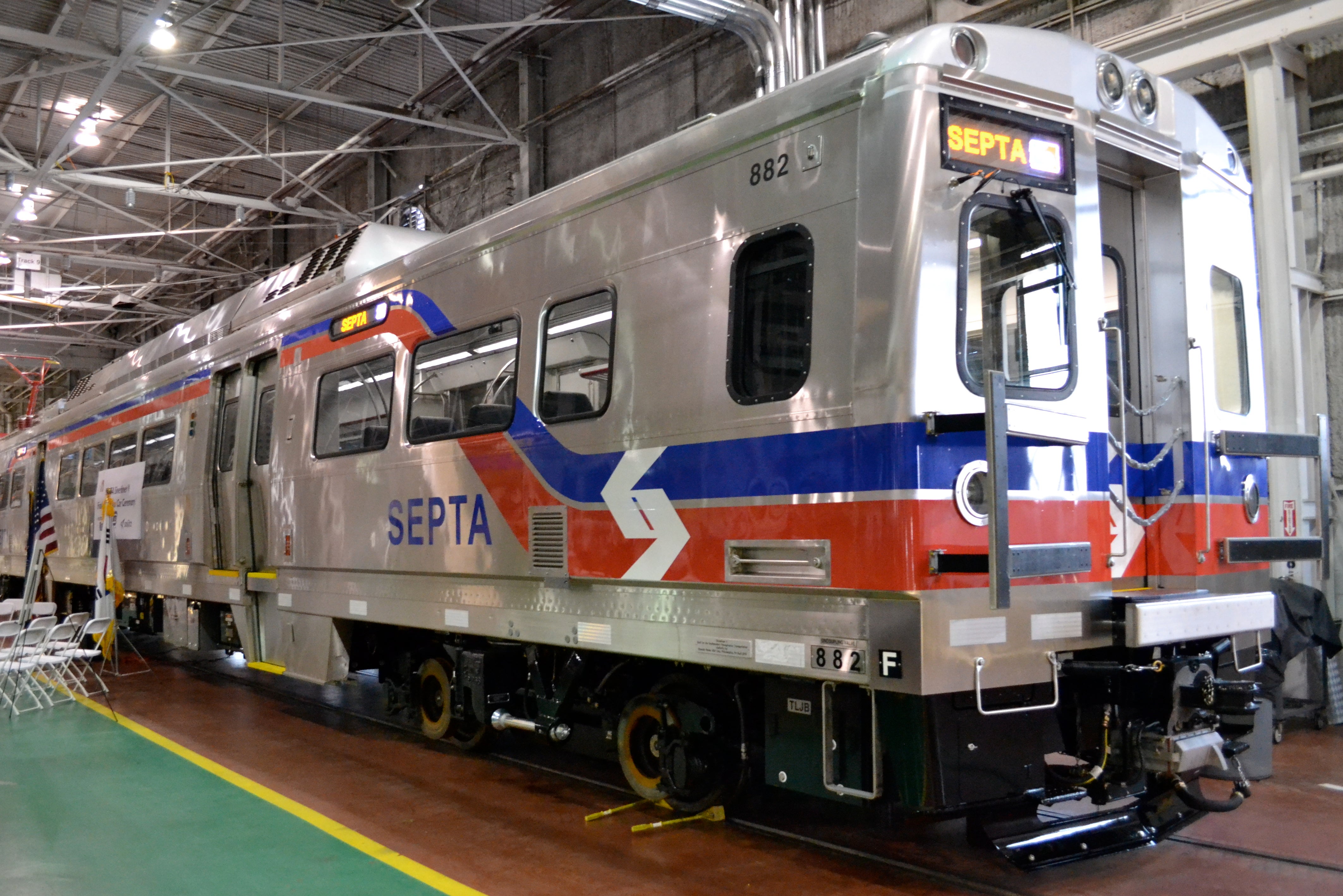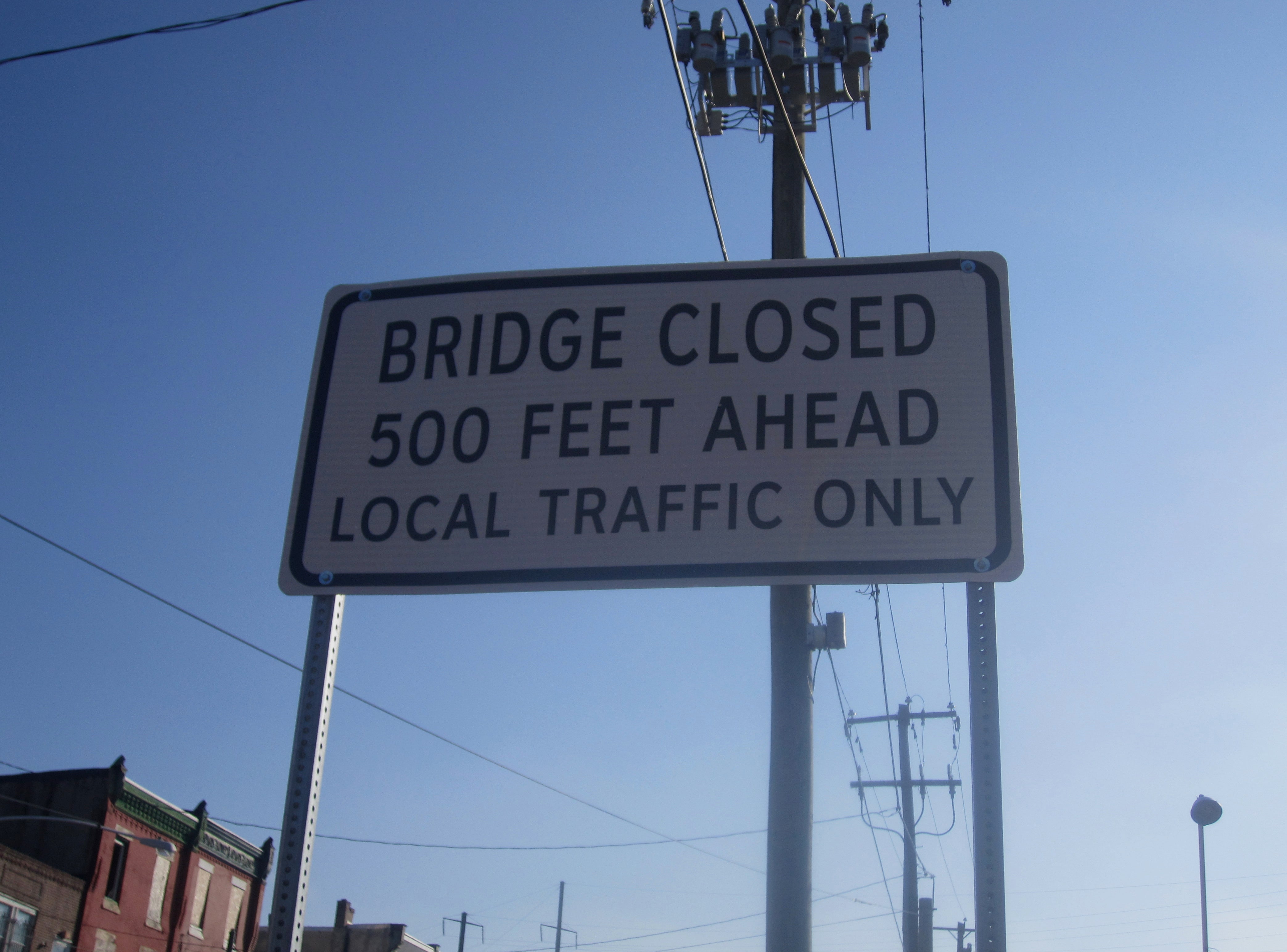Region shifts shrinking funds to transportation preservation

Another regional report has more grim financial news for our transportation world.
Today, the Delaware Valley Regional Planning Commission (DVRPC) opens its Connections 2040 long-range plan to public comment. Of those who review the plan, few will be surprised to see that the region has less transportation funding than it needs, but more may be surprised about just how much less funding than expected the region has and what exactly that means.
When DVRPC’s current long-range plan, Connections 2035, was released in 2009, it estimated the region would have about $65 billion for transportation projects over the life of the plan. Connections 2040, released just four years later, predicts the region will have $52 billion for transportation projects. That is a $13 billion decrease.
What does that kind of a decrease look like? It looks like SEPTA’s Silverliner IV train cars, which already need to be replaced, operating in 2040, said Brett Fusco, a transportation planner at DVRPC.
“I think the biggest problem on the transit side is we can’t afford any of the new train cars that we will need,” he said.
Maintaining the current system
As a result of the decrease, DVPRC removed five transit system expansion projects that had been slated for the Pennsylvania portion of the region in the 2035 Long Range Plan. In Connections 2040, there are no Pennsylvania transit system expansion projects and only three New Jersey transit system expansion projects. The new long-range plan also lowers the percentage of highway funding that the DVRPC’s counties are allowed to spend on system expansion projects from 10 percent to five percent.
“We’re shifting more money to preservation projects,” said Mike Boyer, manager of DVRPC’s Office of Long-Range Planning & Economic Coordination. “… About 80 percent of the funding is going toward those types of projects, which means there’s less money available for the operational improvements and system expansion projects.”
He likened the situation to needing to fix a leaky roof and a broken furnace before putting a new kitchen in a house.
Even with 80 percent of the region’s transportation funding going toward preservation, though, the region will only be able to afford a portion of the needed improvements.
Today the region has 640 structurally deficient bridges and 1,910 roadway lane miles in poor condition. Based on the current funding predictions, the region will only meet about one-third of its bridge preservation needs, half of its deficient mile improvement needs and one-third of the transit preservation needs.
“I don’t think we’re foreseeing anything closing at this point, but we’re seeing a pretty substantial increase in structurally deficient bridges,” Fusco said.
As the region pushes the life of its transportation infrastructure, delays, overcrowding and temporary closure for “Band-Aid fixes” are likely Boyer and Fusco said.
Changes in federal, local transportation funding
One of the reasons for the $13 billion decrease is the decline in federal transportation funding. The 2035 long-range plan predicted an upward trajectory in government funding. Now, DVRPC expects flat federal funding for the next ten years and a slight increase in funding after that.
“As a region we’re trying to do more with less,” Boyer said. “…The underlying issue there is how we’re funding our transportation system. Before we were heavily relying on our federal government, and we still are going forward, but it looks like the federal roll will be decreasing in the future.”
Because of that, DVRPC is urging state and local governments to step up.
“Absolutely if Pennsylvania passes additional funding that’s going to help, but even that’s not going to get us where we need or want to be,” Boyer said.
According to DVRPC, Philadelphia contributes about $20 per capita to local transit funding. New York, by comparison, contributes $104 per person, and Chicago contributes $70 per person. As federal funding declines, regions that contribute more local dollars to their transit systems will have an advantage.
Silverliner V silver lining
“We have seen progress,” Boyer said. “It’s not like the funding gap just kind of came up. We’ve been dealing with this for a number of years, but even with that gap, we can point to some progress.”
Since Connections 2035 was released in 2009, 11 major regional projects with significant impact on regional travel patterns have been completed or are set to be complete by fiscal year 2014. Some of those include the Silverliner V rail car order, the Mullica Hill Bypass, the Route 202 Parkway, multiple highway projects and the new Henderson Road Ramps on the Schuylkill Expressway.
In addition, DVRPC and other regional transportation leaders are looking at new technologies and new models for public-private partnerships that have the potential to get more bang for the buck.
“We’re not just saying, ‘More money, more money,’” Fusco said.
He pointed to robotic technology coming out of Rutgers University that would quickly and cheaply assess bridge conditions, work SEPTA is doing to study the impacts of climate change on its infrastructure and new traffic signals that adapt to real time traffic flow. Each of these may have the potential to save the region critically needed transportation dollars.
Connections 2040 will be available online and open to public comment from June 7 through July 8. After comments are incorporated, DVRPC hopes to have board approval of the revised plan by the end of July.
WHYY is your source for fact-based, in-depth journalism and information. As a nonprofit organization, we rely on financial support from readers like you. Please give today.






